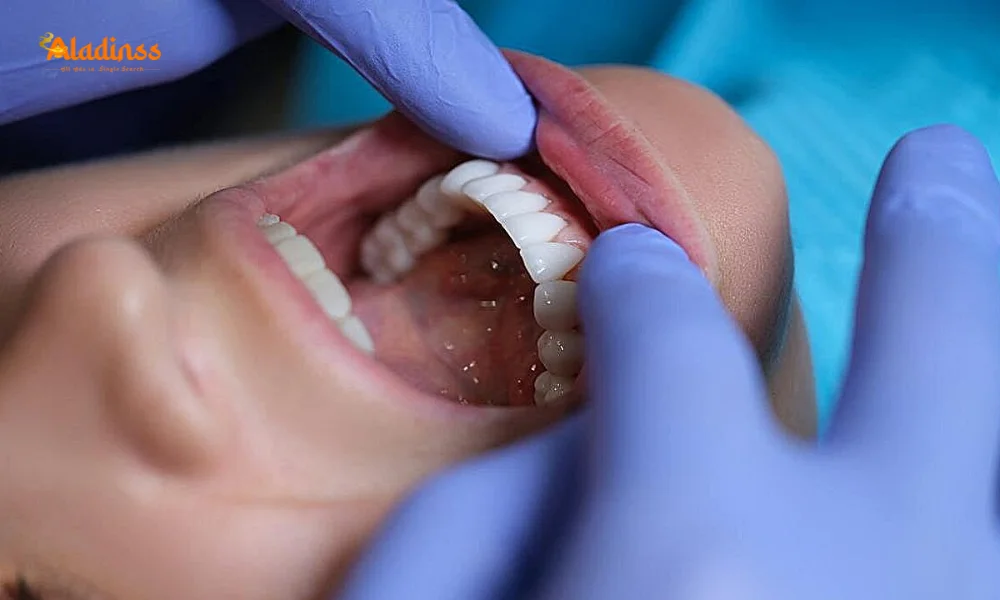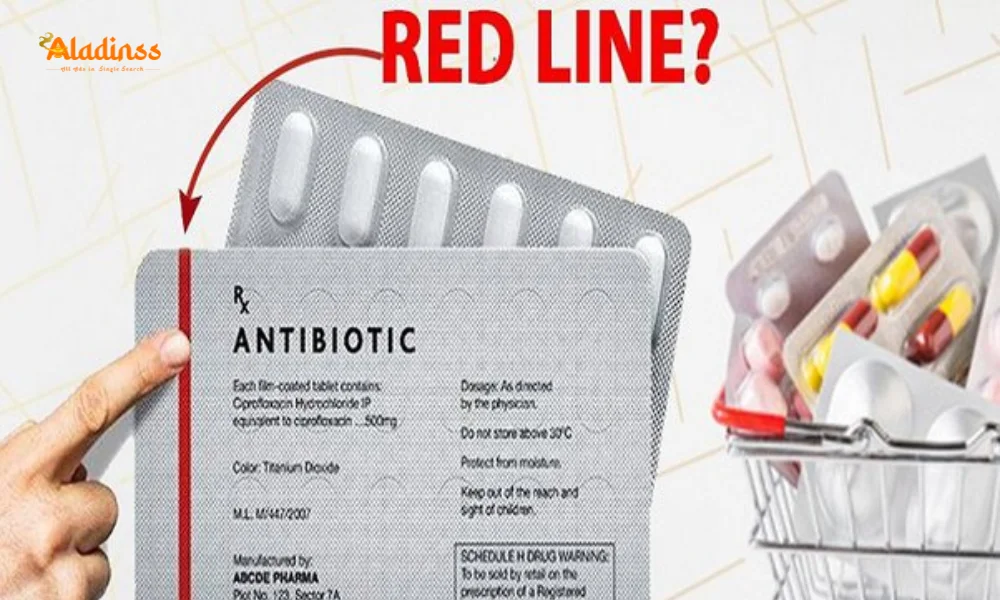6 Rabies Symptoms After Dog Bite You Can’t Ignore

Dog Bite Warning: 6 Rabies Symptoms You Should Never Ignore
A dog bite can be more than just a painful injury—it could potentially lead to rabies, a deadly viral disease that spreads rapidly and poses significant risks to humans. According to the Centers for Disease Control and Prevention (CDC), rabies is nearly 100% fatal once symptoms appear, making early recognition and medical intervention critical. Initial symptoms may seem mild, such as fever or fatigue, but as the disease progresses, severe symptoms like muscle cramps, paralysis, and neurological issues emerge. This article highlights six critical rabies symptoms to watch for after a dog bite, emphasizing the importance of immediate medical attention to prevent life-threatening complications in 2025.
Understanding Rabies: A Deadly Viral Threat
Rabies is a viral disease caused by the rabies virus (RABV), primarily transmitted through the bite of an infected animal, such as a dog, bat, raccoon, or fox. The virus travels through the peripheral nerves to the central nervous system, eventually reaching the brain, where it causes severe inflammation, leading to encephalitis and death if untreated. The World Health Organization (WHO) estimates that rabies causes approximately 59,000 human deaths annually, with 99% of cases linked to dog bites, particularly in regions like Asia and Africa where stray dogs are common. In the U.S., widespread pet vaccination programs have reduced dog-related cases, but the risk remains, especially from unvaccinated or stray animals.
The incubation period for rabies typically ranges from 2–3 months but can vary from one week to over a year, depending on the bite’s location and viral load. Early intervention with post-exposure prophylaxis (PEP), including wound cleaning, rabies vaccine, and immunoglobulin, is nearly 100% effective if administered before symptoms appear. However, once symptoms manifest, there is no effective treatment, underscoring the urgency of recognizing warning signs promptly after a dog bite.

Itching and Oozing Sensation at the Bite Site
One of the earliest signs of rabies is an itching, prickling, or oozing sensation at the site of the dog bite or scratch. This symptom often appears a few days to a week after the bite, as the rabies virus begins attacking the peripheral nerves near the wound. The sensation may be subtle and easily overlooked, especially if the bite is minor. However, it signals the virus’s initial activity before it spreads to the central nervous system. If you notice unusual discomfort or sensations at the bite site, seek medical attention immediately, as this could be an early indicator of rabies infection.
According to the CDC, this symptom is critical because it occurs during the prodromal stage, when the virus is still treatable with PEP. Thoroughly washing the wound with soap and water for at least 10 minutes can reduce the viral load, but professional medical evaluation is essential to assess the need for vaccination or immunoglobulin. Ignoring this symptom could allow the virus to progress, leading to severe consequences.
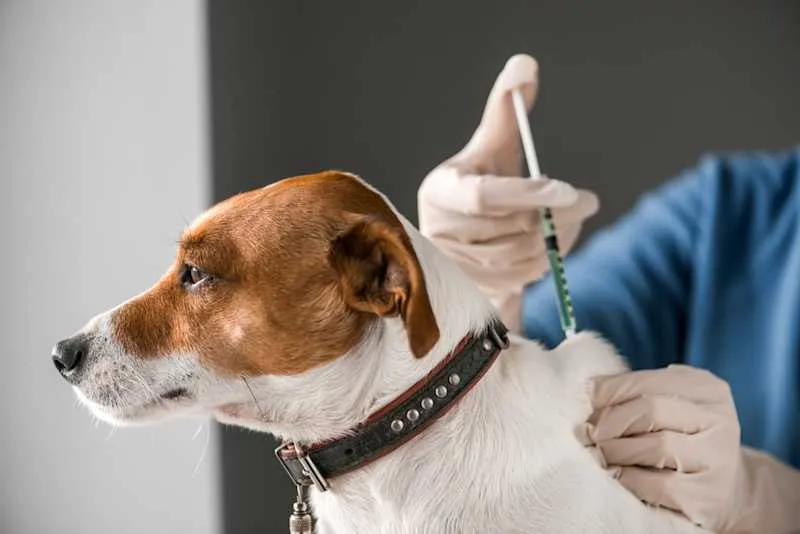
Flu-Like Symptoms: A Deceptive Early Stage
Rabies often mimics a common viral illness in its early stages, presenting with flu-like symptoms such as fever, fatigue, headache, body aches, and general weakness. These symptoms can appear within days to weeks after a dog bite, making it challenging to differentiate rabies from other illnesses like the flu or a cold. However, if you’ve recently been bitten or scratched by a dog, especially a stray or unvaccinated animal, these symptoms should not be dismissed. The Mayo Clinic advises seeking immediate medical care after any animal bite, particularly if flu-like symptoms emerge, as they could indicate the onset of rabies.
In regions with high rabies prevalence, such as India, where 36% of global rabies deaths occur, these early symptoms are often misdiagnosed, delaying critical treatment. Consulting a healthcare provider promptly allows for a thorough assessment, including the animal’s vaccination status and the circumstances of the bite, to determine the risk of rabies transmission.
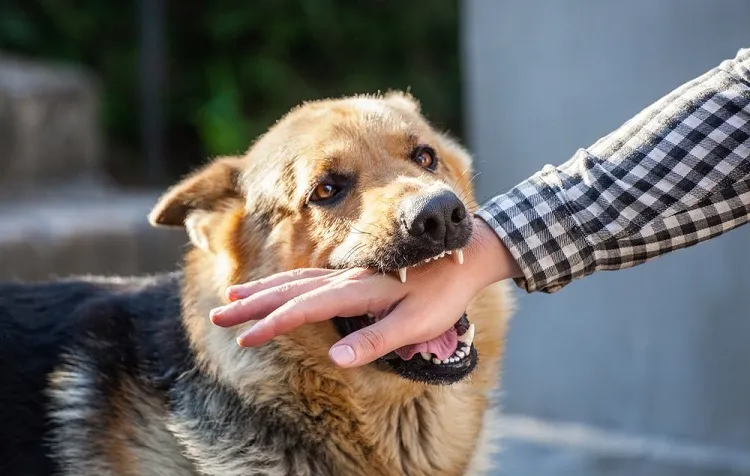
Excessive Salivation and Difficulty Swallowing
As rabies progresses to the central nervous system, it can cause difficulty swallowing due to paralysis of the throat muscles, leading to excessive salivation or foaming at the mouth. This symptom, often associated with the “mad dog” stereotype, is a hallmark of the acute neurological stage of rabies. The paralysis results from the virus’s attack on the nerves controlling swallowing, causing saliva to accumulate and creating a frothy appearance. This stage typically develops within two weeks of the initial symptoms, according to the CDC.
This symptom is particularly alarming because it indicates that the virus has advanced significantly, reducing the window for effective treatment. Immediate medical intervention is crucial at this stage, though the prognosis is poor once neurological symptoms appear. Observing the biting animal for signs of rabies, such as abnormal behavior or death within 10–14 days, can help confirm the risk, but treatment should not be delayed while waiting for observation results.

Fear of Water: A Classic Rabies Symptom
One of the most distinctive symptoms of rabies is hydrophobia, or fear of water, caused by painful muscle spasms in the throat when attempting to drink. This symptom, historically known as the reason rabies was called “hydrophobia,” occurs due to the virus’s impact on the nervous system, making swallowing excruciating. Patients may panic at the sight or thought of water, a reaction that is both distressing and diagnostic. This symptom typically appears in the acute neurological stage, signaling advanced disease progression.
The WHO notes that hydrophobia is a critical indicator of rabies, often accompanied by aerophobia, or fear of air drafts, due to similar muscle spasms triggered by air movement. These symptoms highlight the urgent need for medical attention, as they indicate the virus has reached the brain, making treatment ineffective. Immediate PEP after a bite can prevent the onset of these symptoms, saving lives.
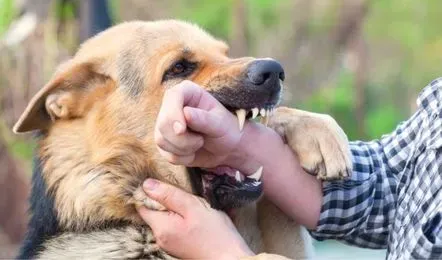
Neurological Symptoms: Confusion and Agitation
As the rabies virus invades the brain, it causes severe neurological symptoms, including confusion, anxiety, irritability, agitation, hallucinations, and extreme restlessness. These symptoms mark the transition to the furious form of rabies, characterized by hyperactivity and aggressive behavior. Patients may experience difficulty speaking, disorientation, or visual and auditory hallucinations, reflecting the virus’s devastating impact on brain function. These symptoms typically emerge within days of the initial flu-like signs, signaling a critical stage of infection.
The Cleveland Clinic emphasizes that these neurological symptoms are a medical emergency, as they indicate the virus has reached the central nervous system, where it causes irreversible damage. In some cases, rabies may progress to the paralytic form, leading to muscle weakness and coma. Immediate consultation with a healthcare provider is essential, even if the bite occurred weeks or months earlier, as the incubation period can vary significantly.
Muscle Cramps and Paralysis: The Acute Stage
In the acute stage of rabies, which can develop within two weeks of initial symptoms, muscle cramps often begin in the neck and back, according to the CDC. These cramps result from the virus’s attack on the nervous system, causing involuntary muscle contractions that can be painful and debilitating. As the disease progresses, these cramps may lead to paralysis, starting in the affected area and potentially spreading to the entire body. This paralytic form, also known as “dumb rabies,” is less common but equally fatal.
Paralysis typically begins in the limbs and progresses to respiratory muscles, leading to respiratory failure and death within days. The rapid progression of these symptoms underscores the importance of early intervention. If a dog bite is suspected to have transmitted rabies, PEP must be administered promptly, ideally within 10 days of exposure, to prevent the virus from reaching the brain and causing these severe symptoms.
Preventive Measures and Immediate Actions
Preventing rabies starts with immediate action after a dog bite. Wash the wound thoroughly with soap and water for at least 10 minutes to reduce the viral load, then seek medical attention immediately. The CDC recommends a rabies vaccine series (four doses over 14 days) and, in some cases, human rabies immunoglobulin (HRIG) to neutralize the virus. If the dog’s vaccination status is unknown or it’s a stray, assume the risk of rabies and begin PEP without delay. Observing the dog for 10–14 days can help confirm whether it was rabid, but treatment should not wait for observation results.
Vaccinating pets, avoiding contact with stray or wild animals, and educating communities about rabies risks are crucial preventive measures. In high-risk areas, pre-exposure prophylaxis (PrEP) is recommended for individuals like veterinarians or animal handlers. Public health campaigns in 2025 aim to increase awareness about rabies, particularly in regions with high stray dog populations, to reduce the global burden of this preventable yet deadly disease.
Comment / Reply From
No comments yet. Be the first to comment!



